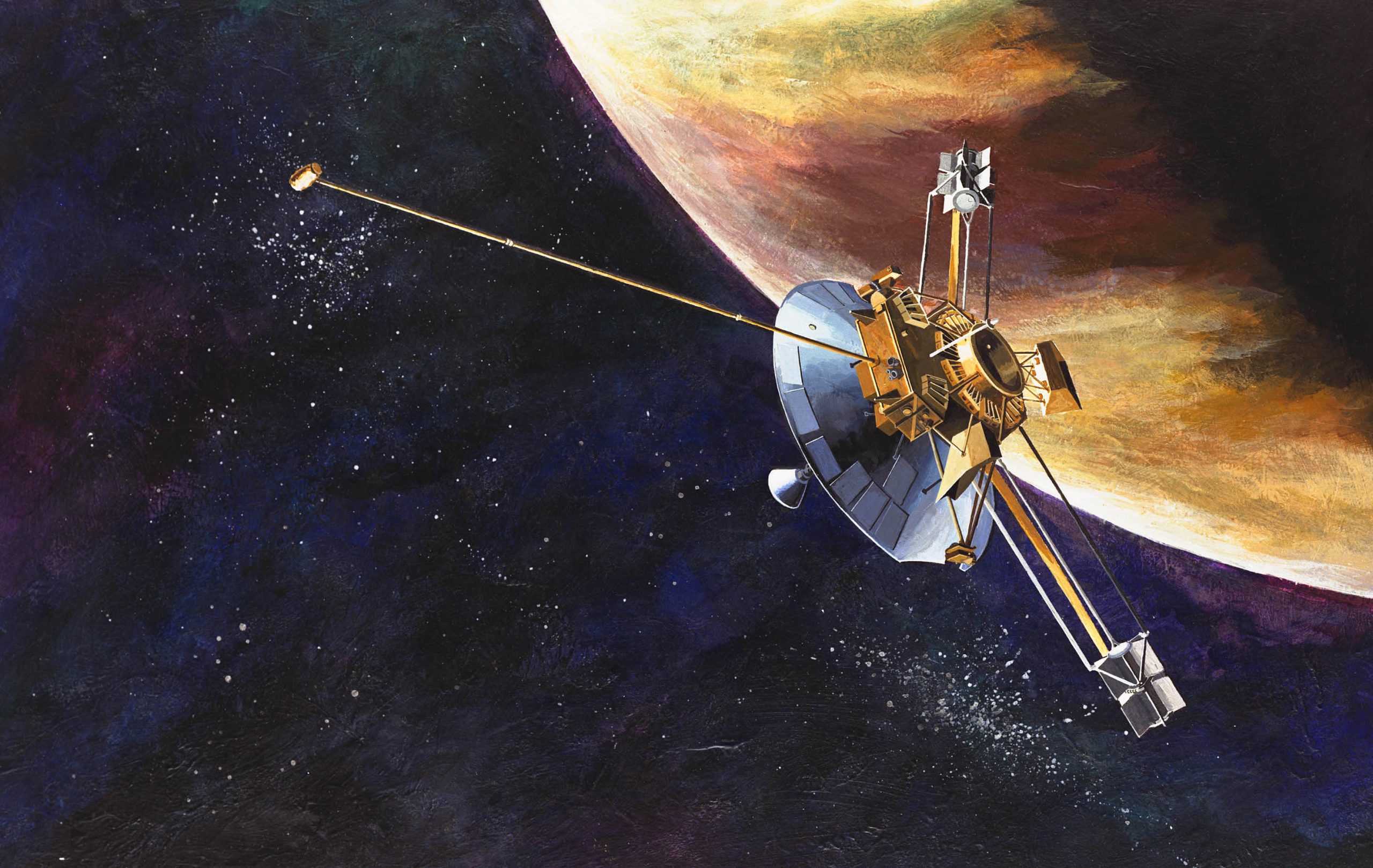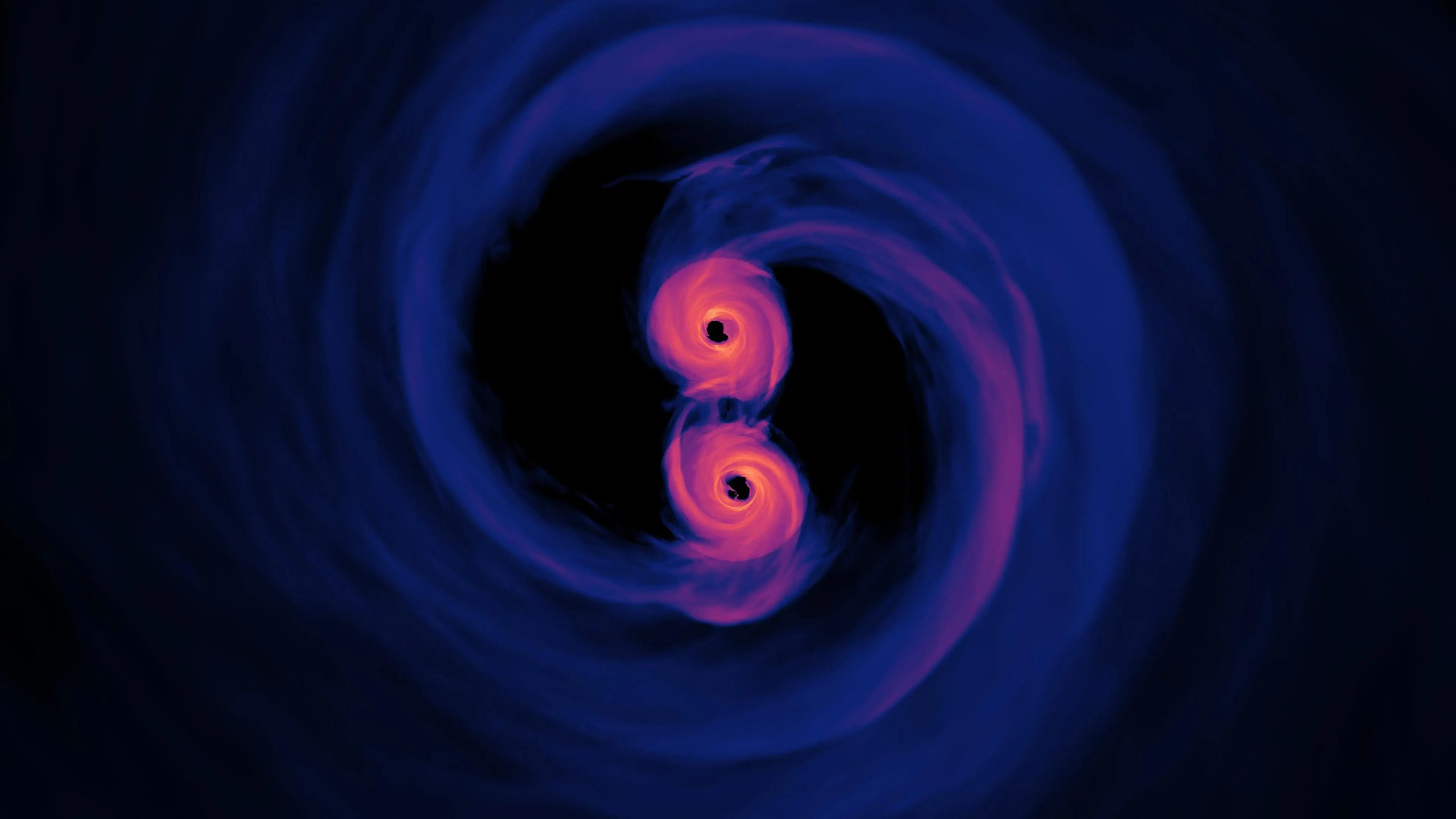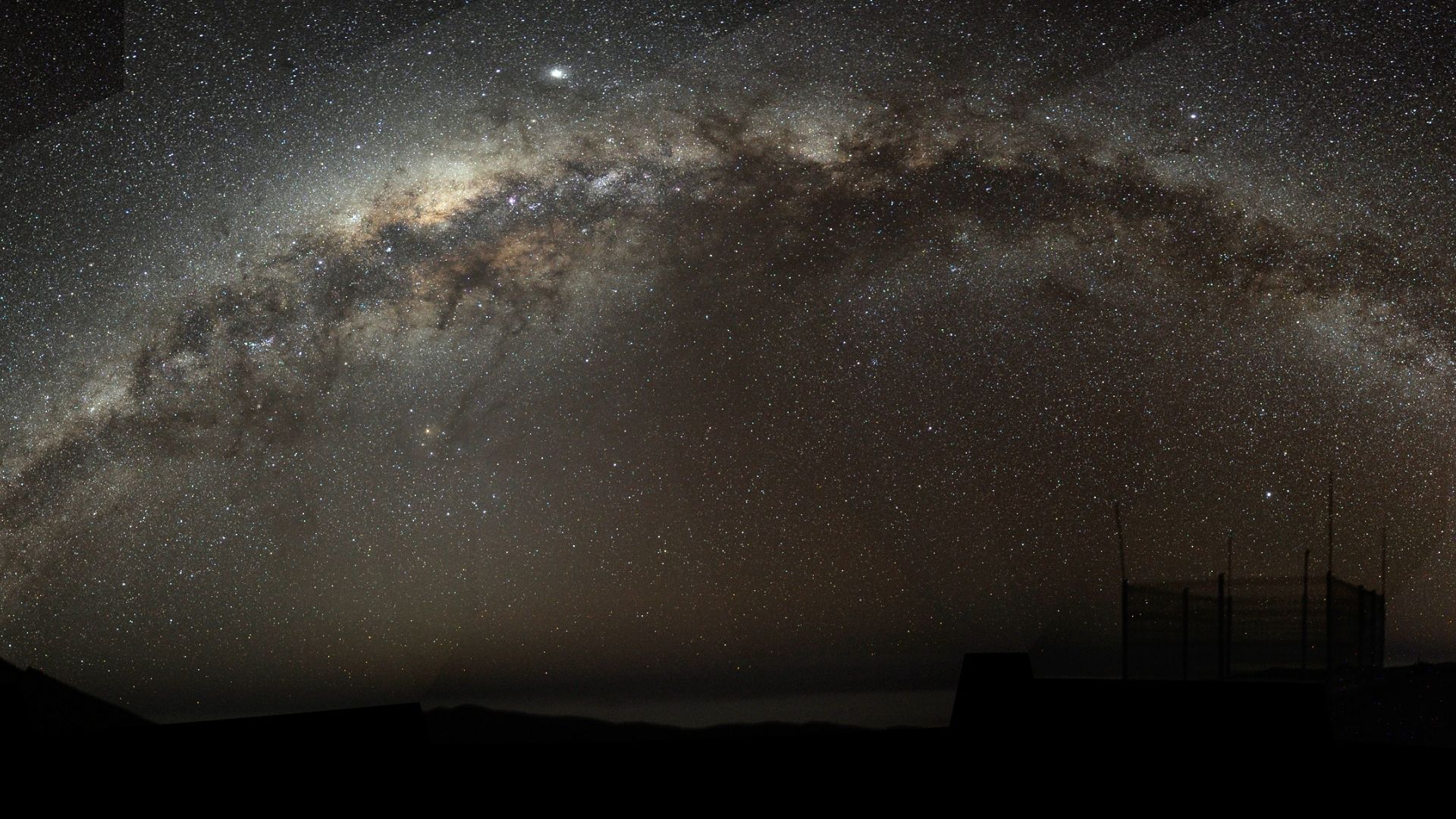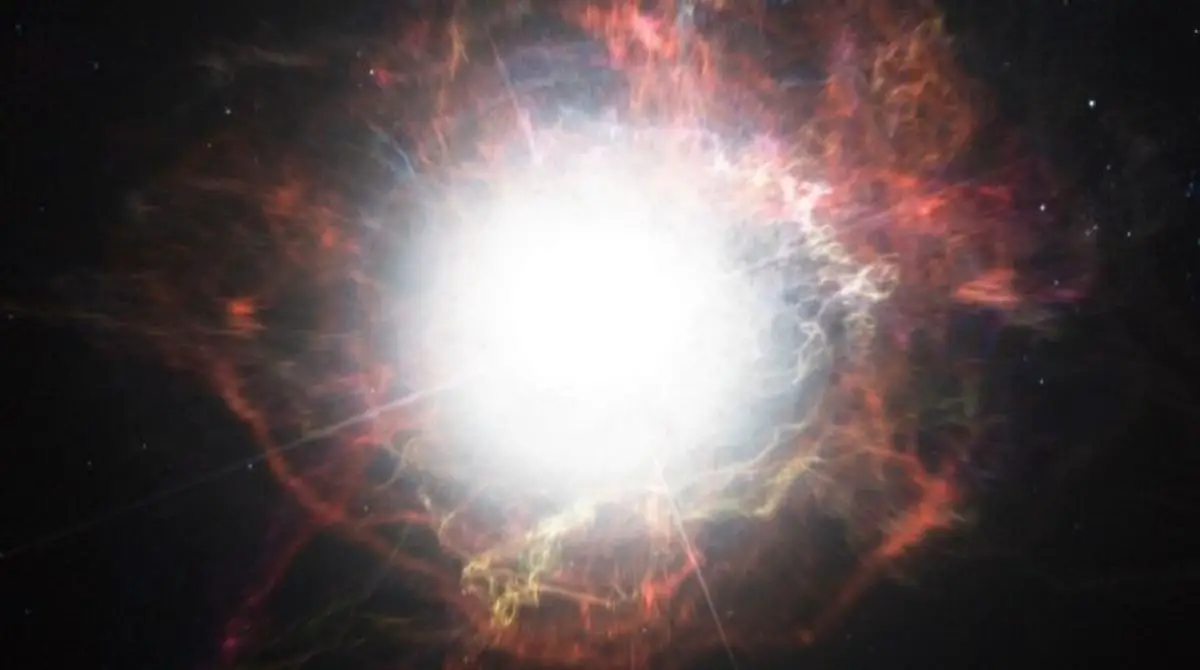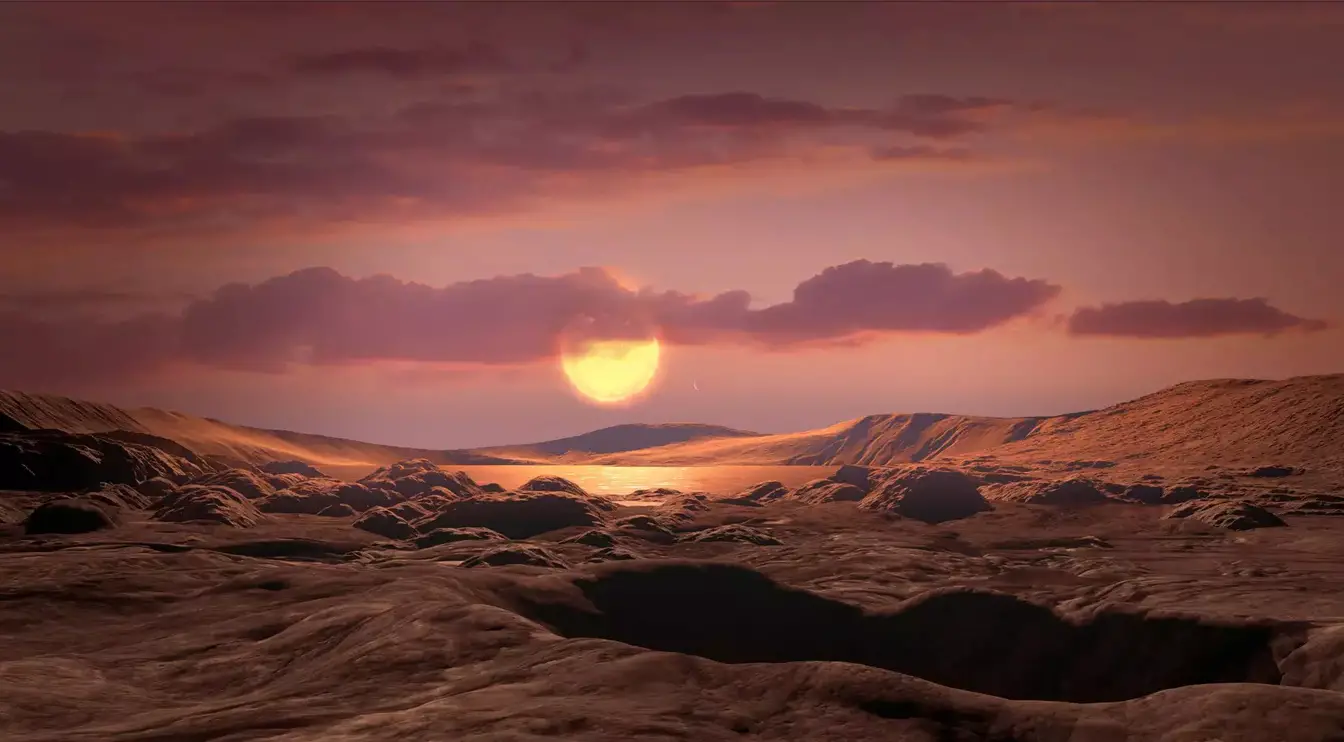Jupiter’s lightning bolts are three times more powerful than Earth’s strongest superbolts.
Key Takeaways:
- NASA’s Juno spacecraft, Hubble, and Gemini Observatory are teaming up to study Jupiter’s storms.
- By combining space and ground-based telescopes, scientists are probing Jupiter’s deep atmosphere like never before.
- Juno detects radio waves from lightning, while Hubble and Gemini provide global cloud and heat maps.
- The Great Red Spot has infrared-bright holes, acting like a giant “jack-o-lantern” in Jupiter’s clouds.
- The data is publicly available, allowing researchers worldwide to explore Jupiter’s wild weather.
________
NASA’s Juno spacecraft is working alongside the Hubble Space Telescope and the Gemini Observatory to explore Jupiter’s extreme weather. By combining data from space and Earth, scientists are uncovering new details about the planet’s powerful storms, deep clouds, and atmospheric dynamics.
Tracking Jupiter’s Superstorms and Lightning
Jupiter’s lightning storms are unlike anything on Earth, with bolts that reach five times the height of Earth’s thunderheads and generate up to three times the energy of the strongest lightning here. Juno detects these strikes through radio waves called “sferics” and “whistlers,” even in thick cloud cover.
Meanwhile, Hubble and Gemini observe Jupiter from afar, capturing high-resolution optical and thermal infrared images that provide crucial context for Juno’s close-up data. By mapping lightning strikes with cloud formations, scientists have identified a pattern: Jupiter’s storms involve a mix of deep water clouds, towering convective systems, and clearings where dry air sinks.
These observations also help estimate the amount of water in Jupiter’s atmosphere—key to understanding the gas giant’s formation and the origins of the solar system.

A “Jack-O-Lantern” Red Spot and Jupiter’s Ever-Changing Weather
Hubble and Gemini have also shed light on one of Jupiter’s most iconic features, the Great Red Spot. Scientists were unsure whether its shifting dark spots were caused by colored materials or simply gaps in the cloud layer. By comparing visible-light images from Hubble with Gemini’s infrared data, researchers confirmed that the dark spots are actually holes in the clouds, revealing heat escaping from Jupiter’s interior—giving the Red Spot a “jack-o-lantern” effect.
Beyond individual storms, the combined observations allow researchers to monitor Jupiter’s entire atmosphere, much like weather satellites do on Earth. They track shifting wind patterns, atmospheric waves, and circulation changes, offering an unprecedented view of Jupiter’s climate system.
To make the data accessible to researchers worldwide, the team has uploaded their findings to the Mikulski Archives for Space Telescopes. Scientists hope that continued observations will deepen our understanding of Jupiter’s weather and its role in shaping the solar system.
The results were published in April 2020 in The Astrophysical Journal Supplement Series.
